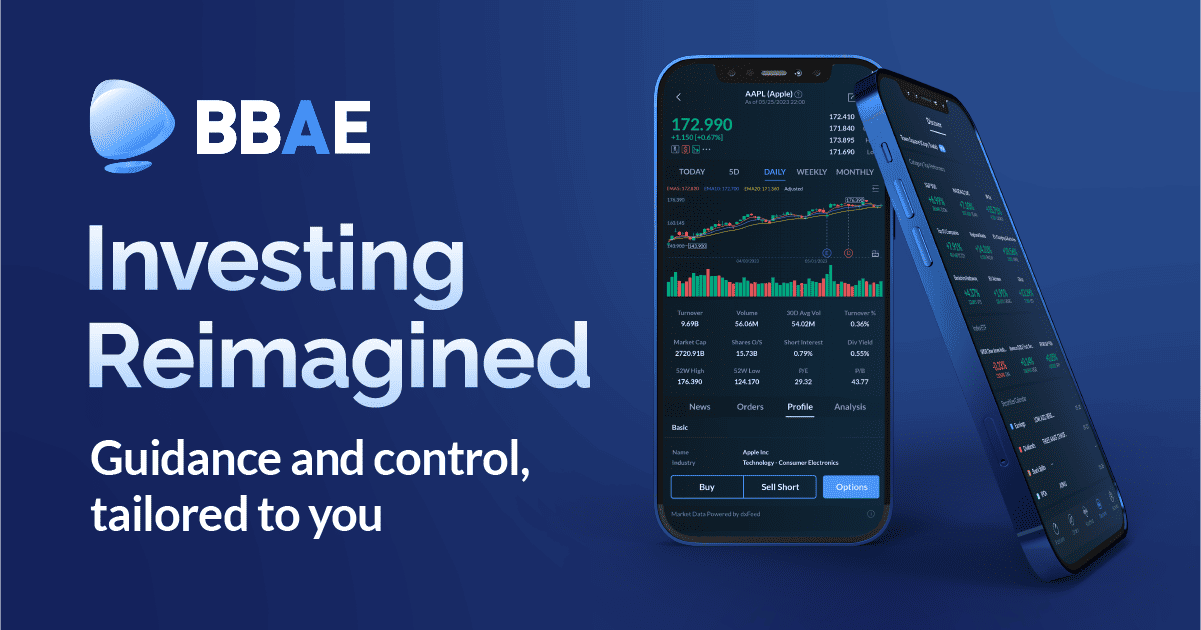Lemonade (LMND) – Earnings Review – May 4, 2024

Lemonade is an insurance technology company trying to disrupt the gigantic legacy industry. Its tech native infrastructure is used to cut out traditional costs from the model while making claims and onboarding painless processes.
Demand
- Beat In Force Premium (IFP) guidance by 0.5%. Its 64% 2-year revenue CAGR compares to 67.8% last quarter and 79% two quarters ago.
- Beat gross earned premium (GEP) guidance by 2.2%.
- Beat revenue estimate by 5.0% & beat guidance by 6.3%. Please note that reserve releases/adjustments helped the revenue beat a bit this quarter as loss rate assumptions improved a tad. This is a nearly identical idea to credit reserve level adjustments for lenders. Ceded reinsurance premium commission favorability and net interest income helped too. Net interest income should become an increasingly important part of this business as the cash pile starts to grow.
- A more complete product suite across states is powering the stronger dollar retention gains.
- Premium per customer growth was driven by rate increases. It was not driven by a mix shift like it has been in the past, as Lemonade has not leaned into higher premium buckets just yet. Auto is the main example, but this is still true for home insurance too.


Source: Brad Freeman – SEC Filings, Company Presentations, and Company Press Releases
Margins & Profitability
- Beat EBITDA estimates by 17% and beat guidance by 20%.
- Comfortably beat GAAP net loss & gross profit margin (GPM) estimates. Different sources have different figures for estimates, but Lemonade beat them all.
- OpEx rose by just 2% Y/Y.
- Other insurance expenses rose 27% Y/Y as it ramped regulatory requests for premium rate updates.
- G&A fell 9% Y/Y due to headcount reductions. R&D fell 4% Y/Y.
- Gross margin was also better than expected thanks to loss ratio declines.


Source: Brad Freeman – SEC Filings, Company Presentations, and Company Press Releases
Balance Sheet
- $927M in cash & equivalents; its cash pile fell by just $18M Q/Q as it has rapidly removed any liquidity risk. This is due to strong execution, but also the creative synthetic agent program we frequently discuss (section nine of this article introduces the idea).
- No debt.
- Diluted shares rose by just 1.3% Y/Y. That is quite modest compared to the rest of the pre-buyback coverage network.
Annual Guidance & Valuation
- Reiterated IFP guidance.
- Slightly raised GEP guidance.
- Raised revenue guidance, which beat estimates by 0.5%.
- The size of the revenue guidance raise was smaller than the revenue beat. This is due to the aforementioned reserve release that helped results and will not recur throughout the year.
- Raised EBITDA guidance, which beat estimates by 4.7%.
- Sees 1.1% diluted share growth from now to the end of 2024.
At Lemonade’s investor day in 2022,, it laid out its path to profitability, which it has since accelerated multiple times. But? It hadn’t revised its long term IFP rate of compounding beyond 25% annually. Here’s what Co-CEO Shai Winninger had to say about that this quarter:
“While we’re not revising this target today, we may accelerate our [IFP] growth rates as new incremental growth opportunities come along.” – Co-CEO Shai Winninger
Wink, wink.
Call & Letter
Proof of an Edge:
For years, Lemonade has been arguing that its tech-native, AI-first, cohesively-designed infrastructure and app form its edge. It has been telling investors that its ability to ingest and utilize the vast sums of data that it receives help it stand out. It has been explaining how legacy incumbent systems are too manual, too siloed and too entrenched for competition to appropriately utilize data scale advantages… with it also being too costly for them to rip and replace systems. And? It has been insisting on this set-up powering immediate claim handling, compelling unit economics, and the beginnings of a giant corporation.
We’re starting to see real proof beyond internal NPS claims and asserting that its underwriting models are better. Proofpoint number one is the wonderful loss ratio trends that we’re now seeing play out:

Source: Brad Freeman proprietary research
For the chart above, focus on the trailing 12 month improvement more so than the gray line. Weather and catastrophic (CAT) events are seasonal; looking at annualized progress helps to eliminate this noise. The main source of improvement here was encouragingly not CAT event favorability. Instead, it was premium rate filing approvals and its discipline to wait out these approvals before it leaned back into originations. It wasn’t willing to originate cash-burning plans for the sake of growth. With approvals coming in for key states like California, growth opportunities are becoming profitable once again (more on this later). Excluding CAT events, a 63% GLR improved 10 points Y/Y and 9 points Q/Q to offer more proof of this improvement being structural in nature.
Proofpoint number two is a favorable cost to serve vs. others. Insurance is a commodity. Lemonade does stand out within customer service and app interface, but the best way to differentiate within insurance is via cost advantages. Lemonade offered new disclosures showing its advantage in these areas. Loss Adjustment Expense (LAE) measures cost associated with handling claims and operating efficiency. It’s one thing to say Lemonade’s tech-native ecosystem offers cost edges. It’s another thing to show it in LAE. Per Capital IQ, a typical LAE is about 10% for a mature brand with fully realized economies of scale. Lemonade is far from mature, yet boasts an LAE of 7.6% (lower is better). The compelling trend is expected to continue.

Source: Brad Freeman proprietary research
This is intuitive. It has no agents to pay perpetual commissions to; its real estate footprint is comparatively tiny.x Its AI-first product suite automates a large chunk of claims and customer service responses… and that automation frees Lemonade to grow its business while avoiding costs scaling in tandem. The margin trend charts above are the evidence as OpEx growth stays near 0% and the business expands. Lemonade is forming a defensible, structural competitive advantage in a sector where that’s tough to pull off.
Where else does an overall cost- to-serve edge help? I’m so glad you asked. It allows Lemonade to rationally undercut competition, boost growth spend or simply harvest more margin from its book of business. It already offers best-in-class rates on renters insurance; lower fixed costs allow Lemonade to rationally pursue these tiny premium plans. That has made Lemonade a share leader for young, first-time U.S. renters. These customers will need much more insurance over time, and Lemonade’s customer delight gives it a great chance of securing that added business.
Net Cash Positive:
Lemonade moved up its schedule to net cash flow from early 2025 to late 2024. Net cash flow is not free cash flow. It benefits heavily from the synthetic agent program (no idea what this means). FCF and EBITDA will likely come in by the end of next year, per the team. They love to set targets that they know they can consistently beat… like every public market team should.
While this isn’t FCF, net cash flow is still highly important. It means the end of consistent cash drain on the balance sheet, and will embolden Lemonade to get more aggressive with growth while harvesting more net interest income.
Growth:
This was the quarterly low point for external growth spend in 2024. That spend will ramp steadily throughout the year as rate update approvals flow in and its unit economics fatten. For Q1, growth spend rose 14% Y/Y to reach $19.8 million. Synthetic agents financed 80% of this. It still incurs the expense on the income statement when synthetic agents foot the bill, but not on the cash flow statement or balance sheet. This is why the net cash flow inflection will come several quarters before the EBITDA inflection.
Premium Rate Filing Approvals:
As a review, inflation stinks for insurers. It means claims are immediately becoming more expensive, while carriers in the U.S. (not Europe) must get regulatory approvals to update premiums. Those approvals flow in quite slowly and lag increasing claim costs. Lemonade now feels like it has “crested the hill” on approvals. The pace is quickly ramping compared to a few quarters ago, and, while it’s still awaiting more progress, a large chunk of it has now been realized. “The worst part” of regulatory delays is now over.
Importantly, it has secured a few vitally needed premium increases in California, which has been the toughest state to grant them. This will allow Lemonade to accelerate originations there, including in home insurance, while many other competitors have pulled out of that market altogether. Great setup. It’s worth noting that some of these regulatory delays were self-inflicted. Lemonade didn’t have the team or systems in place to rapidly file these requests as inflation began to rage. It had to play some catch up, but has committed to not falling behind again. All of the needed assets to keep up with price fluctuations are in place.
“We’ve finally seen rate approvals start to move at a more healthy pace in larger markets.” – Co-CEO Daniel Schreiber
Auto:
Lemonade is still in model perfecting and process fine-tuning mode for auto. It really hasn’t revved the engine (couldn’t resist) here just yet. That should happen in early 2025. Loss ratios are rapidly improving, telematics miles driven are scaling and rate filings are beginning to come. The team was asked if a successful auto business was reliant on 2% inflation. They quickly said “no”. Additionally, they were asked if they’ve seen any worsening in the competitive environment like some others have cited. Again, “no.”
Reinsurance:
Negotiations for upcoming reinsurance contract negotiations are ongoing. I’d think these terms can improve a little bit for Lemonade, considering the more diverse nature of its book and improving loss ratio trends. We’ll see.
Take
Flawless quarter. The company continues to manage growth and margins better than any young, $1 billion enterprise should be able to. It’s showing you rapid leverage, moving up profitability targets, accelerating growth, eliminating liquidity concerns… yet still hasn’t leaned back into high return external marketing. At $330 million enterprise value and about 2.0-2.5x 2024 gross profit, this is my favorite moonshot in public markets. If it ever makes any money, it should work very well; signs of that happening are becoming crystal clear. Fantastic, encouraging, conviction-inspiring report. Well done to a team that has taken a remarkable amount of retail criticism/heckling in stride. They took the high road and showed you they mean business.









